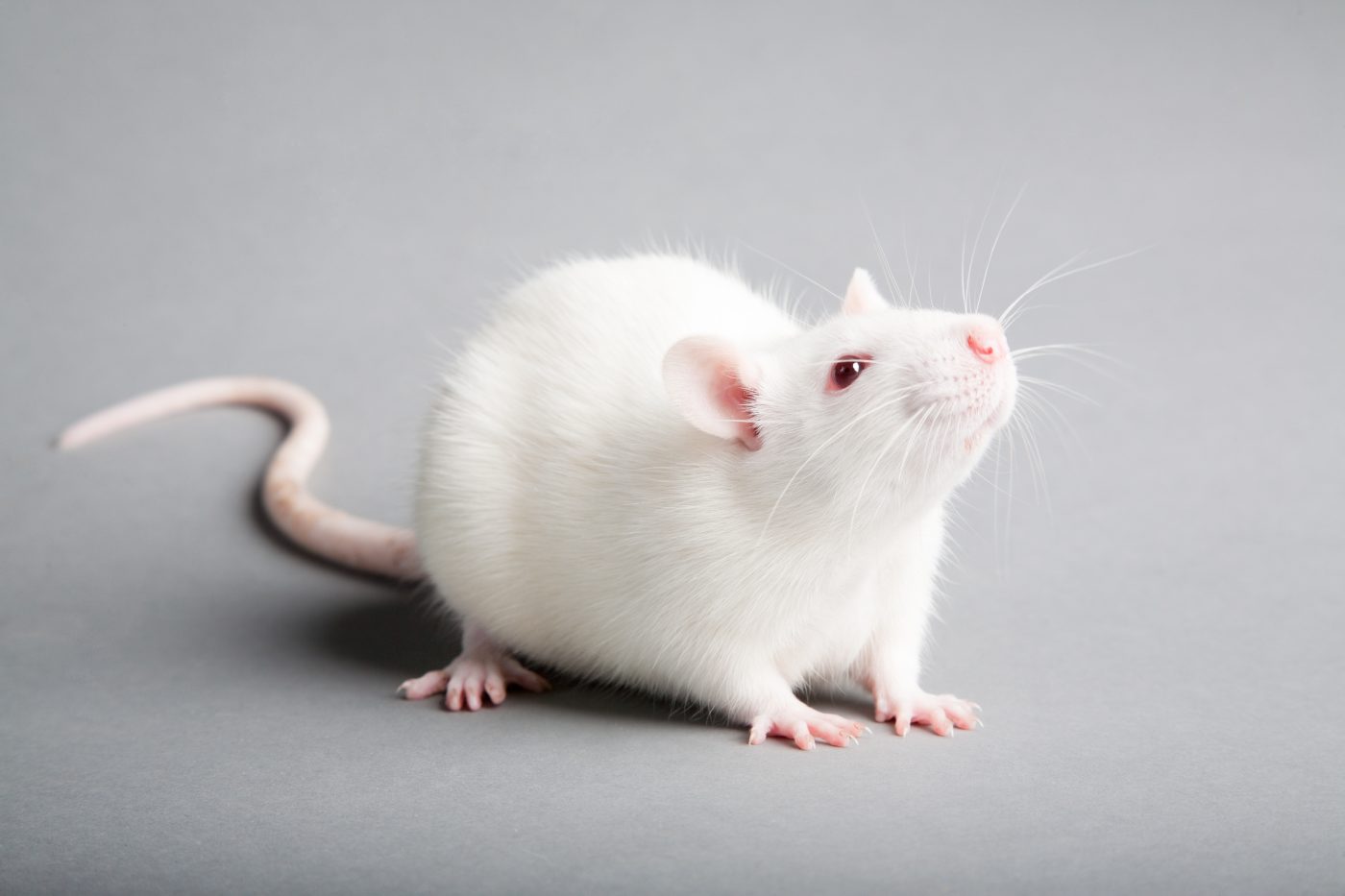SAN903, for IPF, Significantly Lessens Fibrosis in Animal Study

SAN903, a candidate therapy for idiopathic pulmonary fibrosis (IPF), led to a significant reduction in markers of inflammation and fibrosis (scarring) in a mouse model of induced pulmonary fibrosis (PF), its developer, Saniona, reported.
The treatment’s ability to lessen tissue scarring also outperformed that of Esbriet (pirfenidone), an approved antifibrotic therapy marketed by Genentech, in these animals.
Dipak Vasantrao Amrutkar, a senior scientist at Saniona, will present these preclinical findings in the poster, “Comparison of The Novel KCa3.1 Inhibitor SAN903 with Nintedanib and Pirfenidone In A Model of Idiopathic Pulmonary Fibrosis,” at the 2021 American Society of Pharmacology and Experimental Therapeutics (ASPET) Annual Meeting at Experimental Biology (EB), running through April 30.
Approved antifibrotic therapies, such as Boehringer Ingelheim’s Ofev (nintedanib) and Esbriet, were designed to halt IPF progression, help manage its symptoms, and prolong patients’ lives.
But IPF remains a progressive and life-threatening disease, the presentation noted, and more effective therapies are needed.
SAN903 is a first-in-class medication designed to inhibit a calcium-activated potassium ion channel, called KCa3.1. This ion channel is found in immune cells and fibroblasts, both of which are overly active in PF, leading to inflammation and scarring.
KCa3.1 is also known to control cytokine release and collagen deposition. Of note, cytokines are small molecules that regulate the body’s immune and inflammatory response, while collagen is the most common connective tissue protein linked to IPF lung scarring.
Earlier work by company researchers suggested that blocking the KCa3.1 channel might reduce inflammation and fibrosis.
“We have previously demonstrated in multiple preclinical models the ability of SAN903 to selectively target and completely inhibit KCa3.1, and the new data we are presenting at ASPET further strengthen our confidence in this molecule as a potential treatment for rare inflammatory and fibrotic disorders,” Jørgen Drejer, chief scientific officer of Saniona, said in a press release.
In this mouse study, researchers at Saniona investigated the effectiveness of SAN903 — compared with Esbriet and Ofev — at easing inflammation and fibrosis.
The team first triggered the onset of PF by treating animals with bleomycin, a chemical commonly used for this purpose. A separate group of mice, given a saline (sham) solution, were used as controls.
After 21 days, a waiting period to confirm that bleomycin induced inflammation and fibrosis, diseased mice were then treated for another 21 days with either oral SAN903 (30mg/kg, twice daily), oral Ofev (60mg/kg, once daily), oral Esbriet (200mg/kg, twice daily) or with a sham vehicle (twice daily).
Doses of both Ofev and Esbriet in the animals were calculated to be equivalent to those used by patients.
Researchers then examined animal tissue samples, finding that mice treated with SAN903 had a significant reduction in inflammation and fibrosis — as assessed through the Ashcroft lung fibrosis score — compared with mice given the sham vehicle.
No significant differences in Ashcroft lung fibrosis scores, however, were seen between Ofev- and Esbriet-treated mice treated and those on the vehicle.
Moreover, researchers saw a statistical significant difference in fibrosis favoring SAN903 relative to Esbriet.
“Histology revealed significant reductions of both inflammation and fibrosis in the SAN903 treated group, whereas nintedanib showed a numerical effect and pirfenidone trended towards impaired outcomes,” the researchers wrote.
No differences in cell numbers within the bronchoalveolar lavage fluid (BALF) — the liquid obtained from rinsing lungs with saline — were found between the treatment and vehicle groups.
Ofev-treated mice had significantly lower levels of TGF-beta 1, a key driver of fibrosis. A “trend of inhibition” was seen here with SAN903’s use.
SAN903 also prevented the weight loss typically induced by bleomycin, “whereas nintedanib showed a trend towards improved outcomes and pirfenidone significantly worsened the decline,” the researchers reported.
None of these therapies significantly lowered the levels of hydroxyproline, a major component of collagen and one often used to evaluate tissue fibrosis.
“SAN903 reduced lung inflammation and fibrosis in the mouse bleomycin-model of lung fibrosis. The effects of SAN903 on lung pathology [disease] seem superior to the two standard-of-care medicines for IPF,” the researchers concluded.
Saniona plans to open Phase 1 clinical trials testing SAN903 as a treatment of inflammatory and fibrotic disorders next year.







